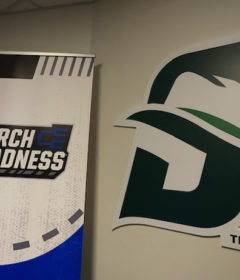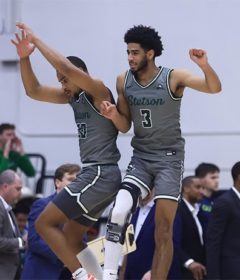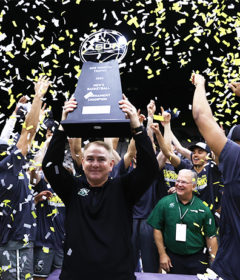Eclectic musical troupe Wet Ink Ensemble to perform Wednesday at 6 p.m.
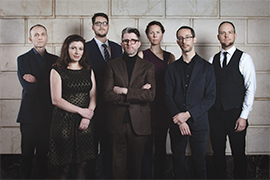
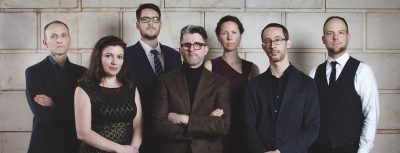
The eclectic musical troupe Wet Ink Ensemble, named The New York Times’ Best Ensemble of 2018, will present a chamber music concert that includes the world-premiere of “Moving (1),” written by Chaz Underriner, Ph.D., assistant professor of digital arts at Stetson. Underriner’s compositions focus on the notions of landscape and portraiture in the context of experimental music.
The concert is Wednesday, April 24, 6-7:15 p.m., at Stetson University’s Second Stage Theatre, in the Museum of Art – DeLand, 600 N. Woodland Blvd., DeLand, 32720.
In addition, the troupe’s Stetson University residency will include an artist talk with Wet Ink Ensemble’s technical director, composer and principal electronics performer Sam Pluta on Tuesday, April 23, 6-7:15 p.m., in the Rinker Welcome Center, 421 N. Woodland Blvd., DeLand, 32723. Both events are free and open to the public.
The New York-based, avant-garde collective of composers, performers and improvisers who are dedicated to adventurous music-making, has been performing its exploratory compositions to worldwide audiences for the past 20 years.
The group’s residency and performance are presented jointly by Stetson’s Department of Creative Arts, School of Music and the Artists and Lecturers series.
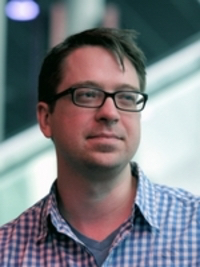
Underriner has composed works for solo instruments, chamber ensembles, chamber and symphony orchestras, jazz combos, electronics, films, dancers and choirs. His works have been performed internationally at reputed music events, including the Gaudeamus Muziekweek, the premiere music festival in The Netherlands, and the Huddersfield Contemporary Music Festival, the United Kingdom’s largest new music festival. This is the first experimental music piece that he has written for Wet Ink Ensemble.
“The composition is the first piece in a new series of works about the sensations of travel and features an amplified ensemble with field recordings and video,” said Underriner.
Wet Ink Ensemble’s residency and performance at Stetson is a momentous musical occasion.
“Events like Wet Ink Ensemble at Stetson are special because they are presentations by composers and performers working at the absolutely highest level in new classical music compositions,” said Underriner. “This is a rare chance to see an excellent ensemble that is wholly focused on performing innovative and adventurous new compositions.”
Underriner constructed a wheel in his home studio for the video portion of his composition with the help of Kevin Riggs, Ph.D., professor and chair of physics at Stetson, and physics department machinist Larry Ramsey.
“I was able to shoot videos of the spinning wheel with precise control over its speed in order to capture the different patterns of digital aliasing that happen when you look at a wheel spinning faster than an eye or camera can see,” explained Underriner.
Underriner layered and combined his videos with music he had written for the ensemble members to perform and field recordings of the Blue Spring State Park. Those recordings are part of the Florida Springs Soundscape, an acoustic ecology that explores the role of sound in the natural and human experience of Blue Spring and DeLeon Springs State Parks. The Florida Springs Soundscape research project is being conducted by Underriner and Nathan Wolek, Ph.D., professor of digital arts and music technology and chair of creative arts at Stetson, which is funded by Stetson’s Institute for Water and Environmental Resilience faculty seed grant program.
“The musical composition as a whole is a combination of sound and video elements along with an abstract meditation about traveling,” said Underriner. “The “Moving” series primarily explores moving through space and the sensations of traveling through landscapes. For this piece, I was imagining traveling underwater in the Blue Spring State Park and the St. Johns River.”
The composition for the ensemble’s instruments examines journeying through the gradual changes of microtonal intervals and tuning for each instrument. The violin will play beat arrangements in sync with the wheel patterns in the video and gradual changing intervals by combining harmonics performed on the inside of the piano with notes played on the keys.
The audience also will hear tourists talking at Blue Spring State Park and Underriner counting voltage levels while shooting wagon wheel videos in the electronics part of composition.
–Sandra Carr

